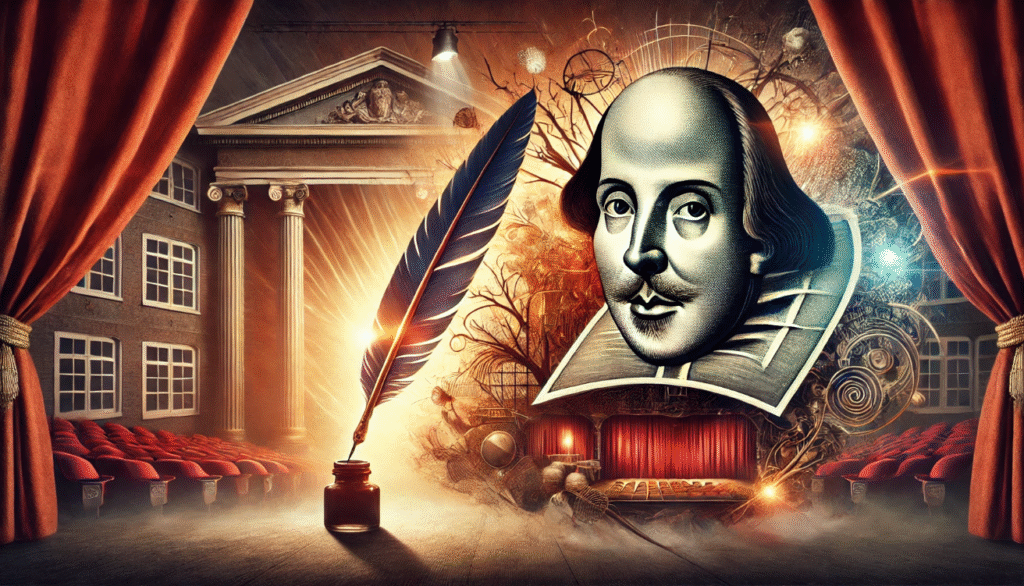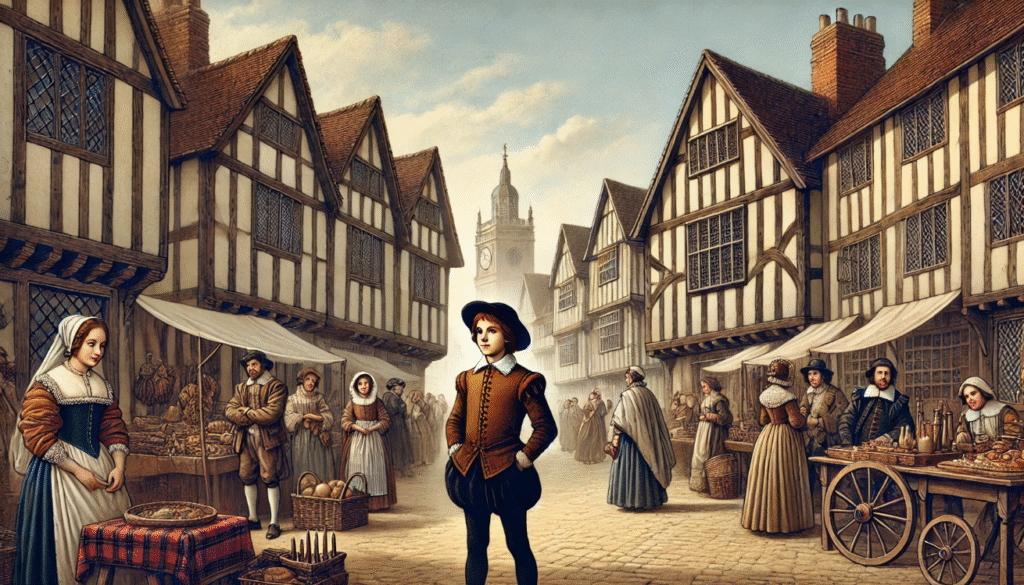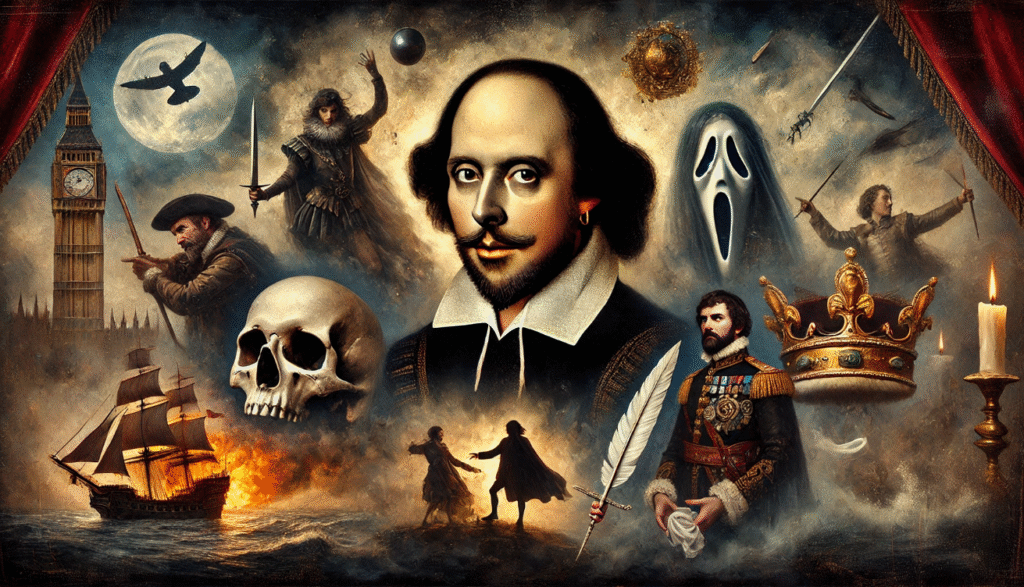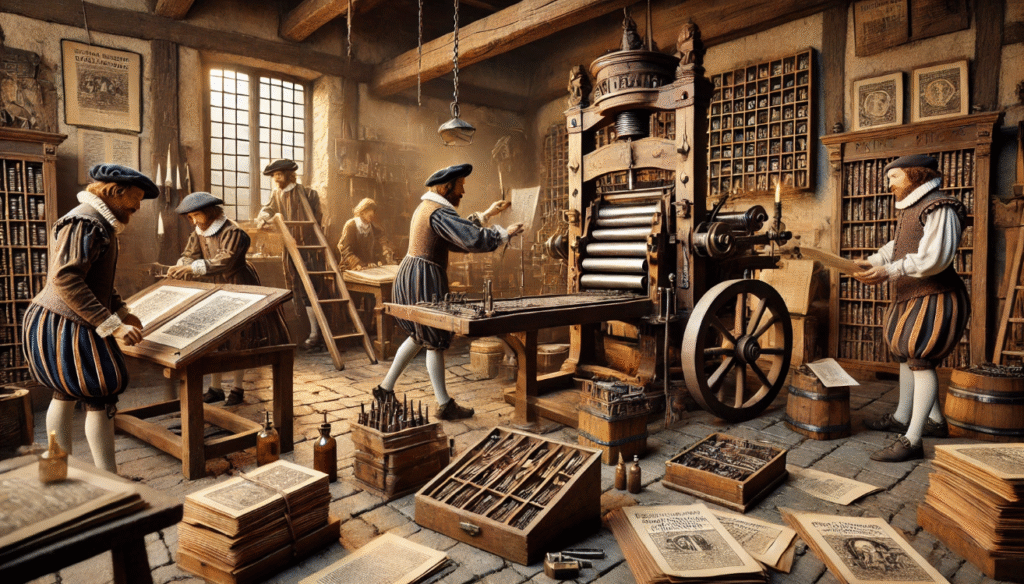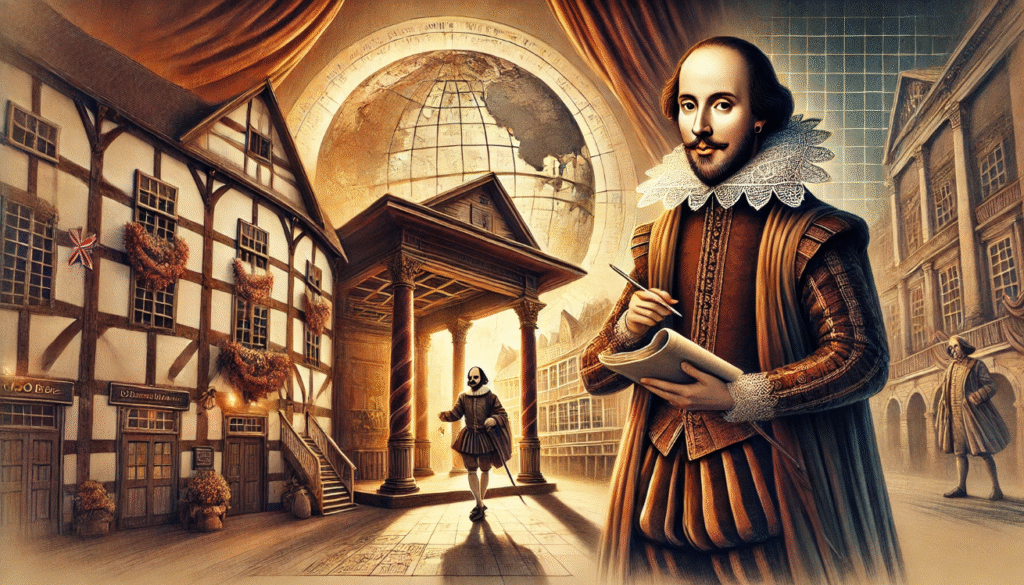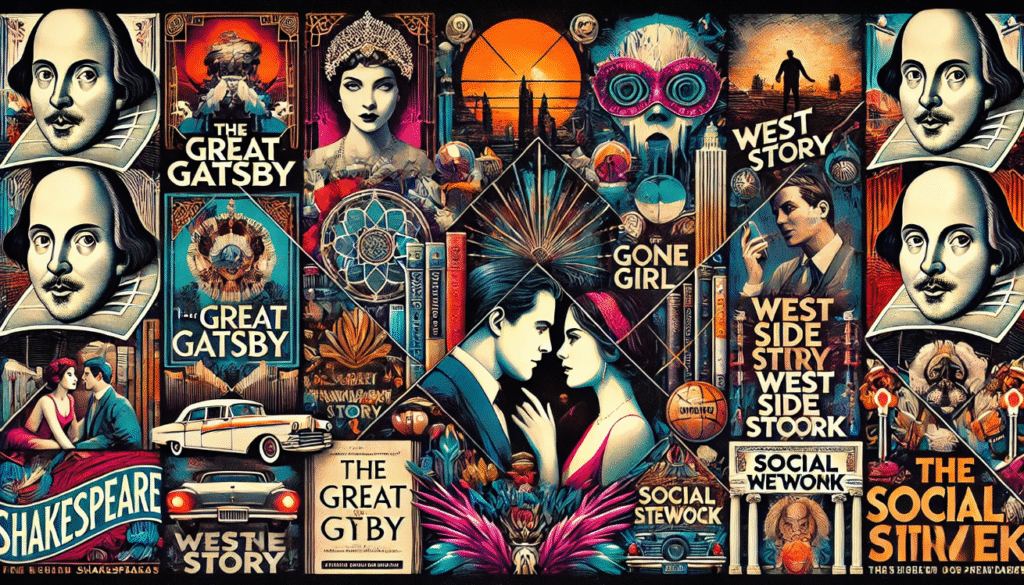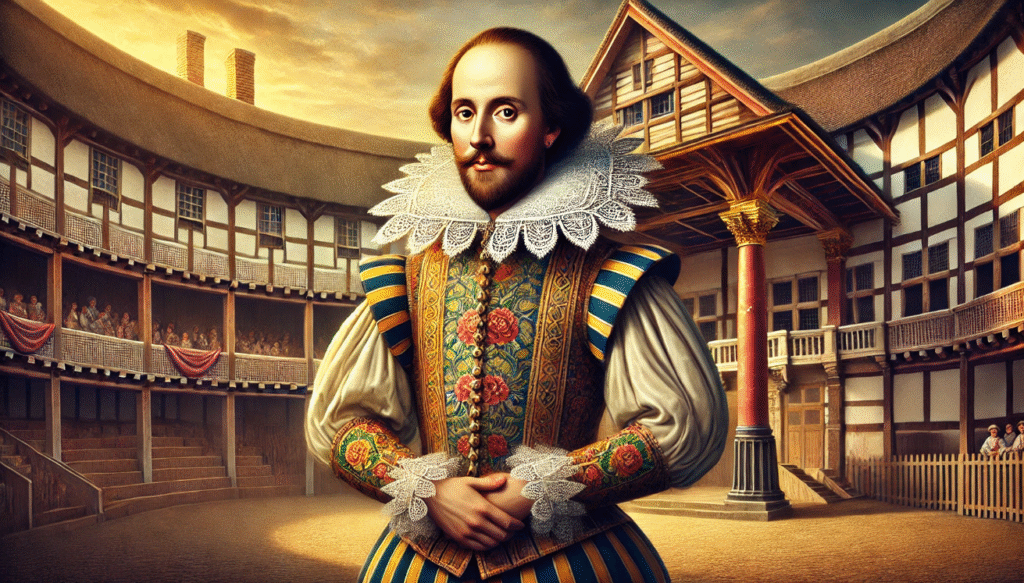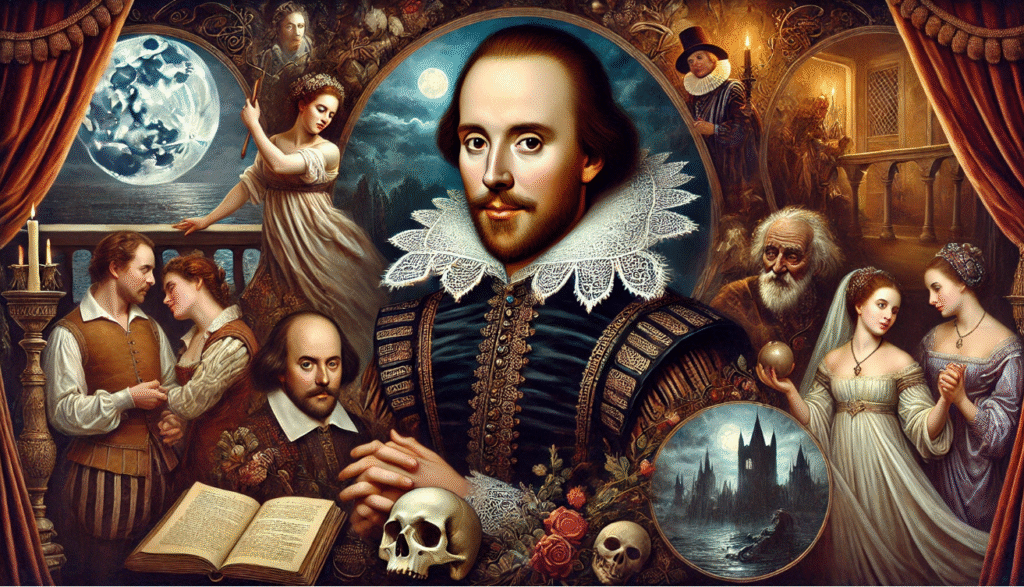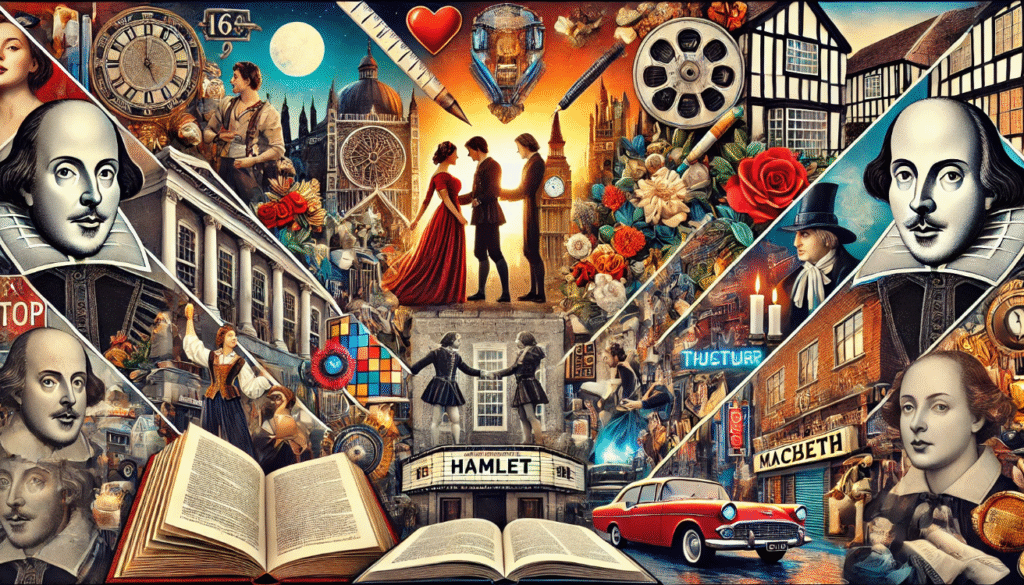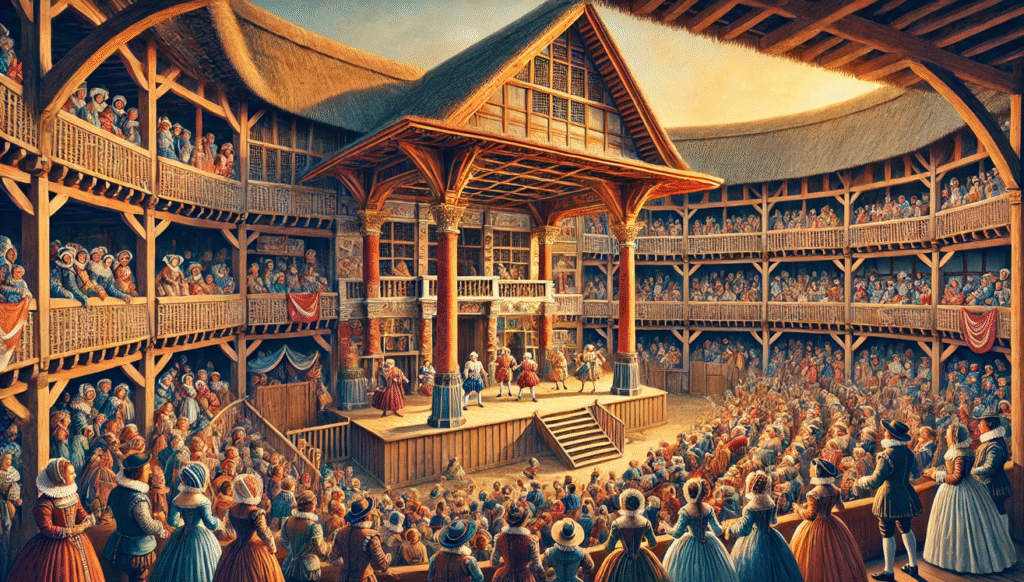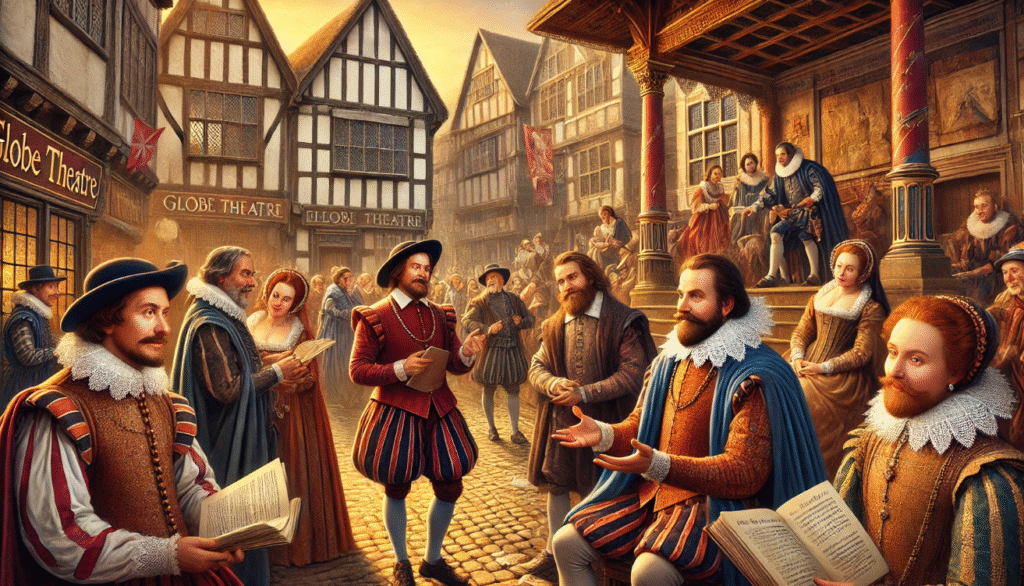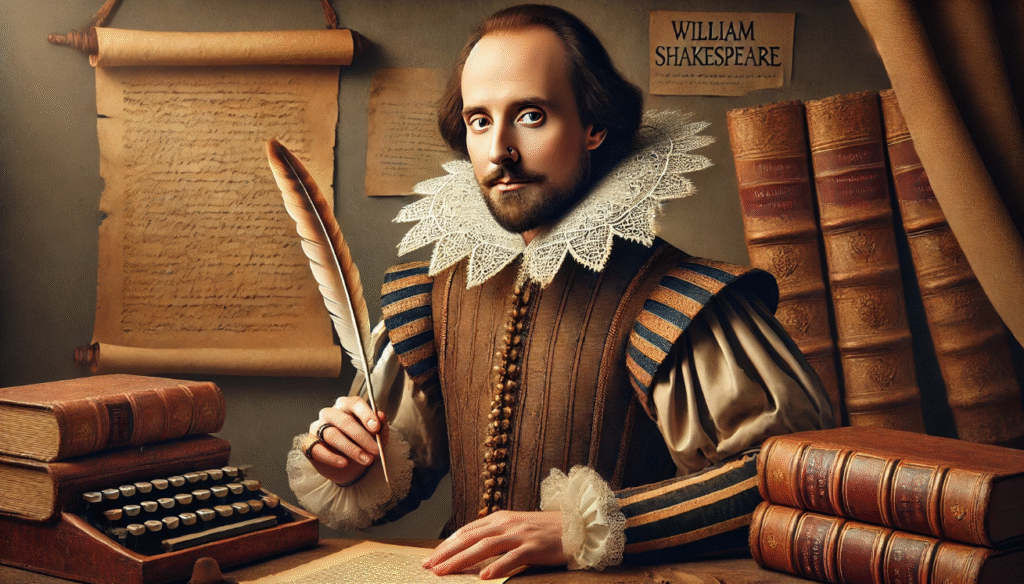 Why Shakespeare Still Matters
Why Shakespeare Still Matters
Few writers have left a mark on both literature and theatre as profoundly as William Shakespeare. Shakespeare’s influence on literary theory plays are more than timeless stories—they’re living texts that continue to shape how we think, perform, and analyze dramatic art. One of the most fascinating aspects of his work is the soliloquy, a window into the minds of his characters and a tool that has intrigued scholars for centuries. In this article, Shakespeare’s influence on literary theory you’ll find Shakespeare soliloquies explained not just as literary devices but as powerful instruments that have influenced the evolution of literary theory and theatrical performance alike.
From the bustling stage of the Globe Theatre to today’s digital interpretations, Shakespeare’s influence on literary theory words have adapted across time and medium. But what do these transformations reveal about the way we interpret literature—and ourselves? Join us on a historical journey through performance practices that sheds new light on the enduring relationship between Shakespeare’s influence on literary theory and the theories that help us understand his genius.
Performance in the Elizabethan Era: Theatre as a Living Text

In Shakespeare’s time, theatre was a shared, energetic experience. Performances took place in open-air venues like the Globe Theatre, where natural light and the audience’s reactions played a key role. There were no spotlights or sound effects—just actors, words, and imagination.
The stage was simple, with minimal props and scenery. This made language the main tool for storytelling. Actors had to speak clearly, project emotion, and keep the audience engaged. Shakespeare’s soliloquies, for example, were essential in revealing a character’s inner world. These speeches helped audiences follow the plot and connect deeply with the characters.
Also, there were no female actors. Young men played women’s roles, adding a unique layer of interpretation to the performances. This practice reflected the social norms of the era and influenced how gender and identity were portrayed on stage.
Understanding these performance conditions helps us see Shakespeare’s plays as more than scripts—they were written to be felt by a live audience. This early form of theatre laid the groundwork for how we read and perform his work today.
Romantic and Victorian Interpretations: The Birth of the Shakespeare Icon
In the 19th century, Shakespeare became more than a playwright—he became a cultural icon. The Romantic and Victorian eras transformed how his work was performed and understood. These periods focused on emotion, imagination, and the idea of the “genius artist,” and Shakespeare fit perfectly into that image.
Actors like Edmund Kean and Henry Irving gave powerful, emotional performances, bringing intense passion to roles like Hamlet and Macbeth. They helped turn Shakespeare’s characters into tragic heroes with deep inner struggles—an idea that matched Romantic ideals and still shapes how we see them today.
This era also introduced bigger stages, detailed sets, and rich costumes. Productions became grand and dramatic, emphasizing visual spectacle as much as the text itself. These changes made Shakespeare’s plays more theatrical and helped solidify his place as a central figure in English culture.
Literary critics of the time began treating his works as serious art, studying his use of language, character, and symbolism. This attention laid the foundation for how Shakespeare soliloquies are explained and interpreted in modern literary theory.
The Modernist Shift: Fragmentation and Experimentation

The 20th century brought a major change in how Shakespeare’s plays were performed and understood. Modernist theatre moved away from grand sets and emotional overacting. Instead, it focused on simplicity, symbolism, and the inner lives of characters.
Directors like Peter Brook stripped down productions, using bare stages and minimal props. This shift helped audiences focus on the text, especially key moments like Shakespeare soliloquies, which were now delivered with deep psychological insight. These soliloquies weren’t just speeches—they became tools to explore the mind and question reality, matching the modernist interest in identity, confusion, and doubt.
At the same time, modern literary theory began to evolve. Thinkers used Shakespeare to explore ideas like the unconscious (Freud), power and structure (Foucault), and alienation (existentialism). Hamlet, Macbeth, and King Lear became case studies in how language reflects human complexity.
Postmodern Shakespeare: Reinterpretation and Deconstruction

In the postmodern era, Shakespeare’s plays were no longer treated as fixed texts—they became open to reinterpretation and playful experimentation. Directors and scholars began to deconstruct Shakespeare, challenging traditional meanings and offering bold new perspectives.
Performances in this period often featured non-linear storytelling, gender-swapped casting, and multicultural settings. A Shakespeare play might be set in a war-torn modern city or feature characters dressed in streetwear instead of period costumes. These changes helped audiences see how Shakespeare’s themes—like power, identity, and justice—still matter today.
Shakespeare soliloquies explained in this context often highlight contradictions, irony, or hidden meanings. Instead of treating them as deep truths, postmodern readings sometimes question whether characters really understand themselves at all.
Today’s Shakespeare: Global, Inclusive, and Digital

In the 21st century, Shakespeare’s works continue to evolve, reflecting the diverse and fast-changing world of modern theatre. Today’s performances are more inclusive and global than ever before, with Shakespeare’s characters and stories reimagined in countless ways to resonate with contemporary audiences.
Modern productions often feature diverse casting, where actors of different races, genders, and backgrounds bring fresh perspectives to classic roles. This inclusivity adds layers of meaning, making Shakespeare’s plays feel more connected to the issues we face today—whether it’s questions of race, gender, or social justice.
Additionally, digital technology has opened up new ways to experience Shakespeare. From live-streamed performances to interactive apps and virtual reality experiences, technology has made Shakespeare accessible to a global audience. These tools allow audiences to engage with his work in immersive, innovative ways, making the plays feel more immediate and relevant.
In terms of performance, directors now often place Shakespeare’s works in modern settings, using multimedia, projections, and even social media to bring the texts to life in ways Shakespeare never could have imagined.
Shakespeare’s Lasting Impact on Literary Theory

Shakespeare’s influence extends far beyond the stage—his works have had a profound and lasting impact on literary theory. From the early days of literary criticism to contemporary approaches, his plays remain a key touchstone for understanding themes like identity, power, and human nature.
Scholars have used Shakespeare to explore various literary movements. For example, psychoanalytic theory examines the deep psychological conflicts in characters like Hamlet and Macbeth. Meanwhile, feminist theory has explored gender roles and power dynamics in plays like The Taming of the Shrew and A Midsummer Night’s Dream.
Shakespeare’s use of language, metaphor, and soliloquy has also been central to linguistic analysis in literary studies. His plays serve as a rich resource for understanding how language shapes meaning and identity. In fact, Shakespeare soliloquies explained often reflect broader theories of self-awareness and inner conflict.
In modern times, postcolonial theorists have found new insights in Shakespeare’s work, questioning colonialism, race, and empire, particularly in plays like The Tempest.
Shakespeare’s Timeless Relevance

Shakespeare’s influence on literary theory and performance is undeniable, and his work continues to evolve in exciting and meaningful ways. From the Elizabethan era to today’s digital and global stage, his plays have adapted to the changing cultural landscape while maintaining their core themes of love, power, identity, and ambition.
Through the centuries, we’ve seen Shakespeare’s soliloquies and characters reinterpreted, from the emotional depth of the Romantic era to the experimentation of the 20th century and the bold deconstruction of postmodernism. Today, Shakespeare’s work remains as relevant as ever, inspiring inclusive performances and embracing modern technologies to make his plays accessible to a diverse global audience.
Ultimately, Shakespeare’s lasting impact on literary theory is just as significant as his influence on theatre. His exploration of human nature, language, and societal structures continues to shape how we understand and analyze literature today. Shakespeare’s ability to adapt to each era while retaining his emotional and intellectual depth ensures his legacy will endure for generations to come.

